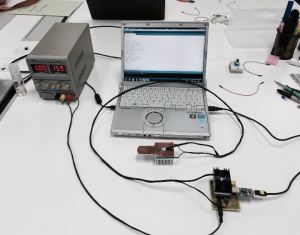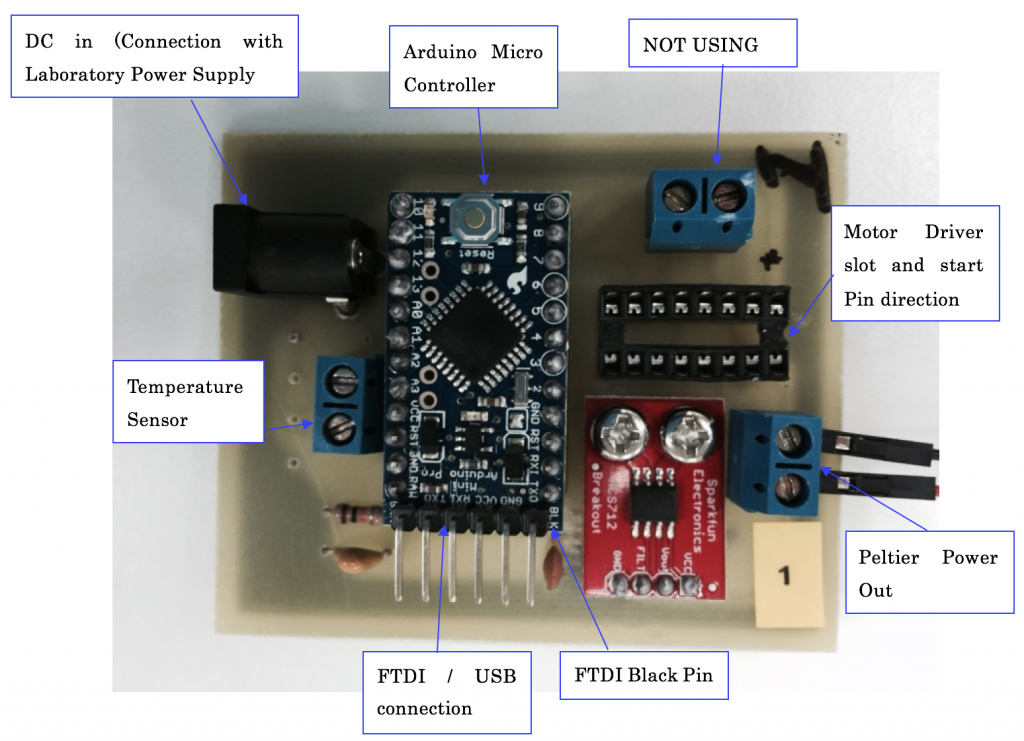Research Team: Adrian David Cheok, Kasun Karunanayaka, Nur Amira Samshir, and Nurafiqah Johari
The most fundamental elements of the taste can be listed as sweet, sour, bitter, salty and umami. Probably the sweet taste is the most pleasant out of all the basic tastes. When we consider about multisensory communication, sensing and actuation of sweet taste digitally is an extremely important requirement. Almost all the sweet taste interfaces developed earlier in the field of Human Computer Interaction, were using chemicals to produce sweet sensations. By referring to some prior works we have identified that thermal stimulation of TRPM 5 channel (Transient receptor potential cation channel subfamily M member 5) resulted in sweet sensations. Therefore, we currently developing a thermal stimulation device which allows us to produce sweet taste digitally in repeatable and controllable way. When a user using this device he/she will place a copper electrode attached with a Peltier module touching the surface of the tongue and will be able to experience sweet taste sensations. By continuously improving this device we may fulfill people’s missing need of sharing taste experiences with others remotely. Figure1 shows a complete configuration of the 1st version of thermal sweet taste interface controlled by a PC.
We hope in future, we will be able to develop a combined interface where we can effectively regenerate sour and sweet tastes digitally. This digital regeneration of taste will be useful for several industries like gaming, virtual reality, entertainment, online marketing, where people can create content, new information of food that can be shared, learned, and experienced. In future of Medical industry this research will be able to provide mental pleasure for patients who suffer from clinical conditions such as diabetes.
Figure 1: First Version Thermal Sweet Taste Interface
The Thermal Sweet Taste Interface consist of an Arduino microcontroller, copper electrode attached together with a Peltier module, h-bridge motor driver, current sensor, temperature sensor, and FTDI serial interface to communicate with the PC. Figure 2 shows some of these previously listed components which belongs to the main board of the system. We apply different temperatures on the tongue by adjusting the temperature Peltier module that tightly attached with the copper electrode. Peltier is a special kind of semiconductor device where current flows through it one side becomes heated up while the other side cools down. By alternating direction of the flow of the current we can swap the heating and cooling sides of the Peltier. Our taste interface moderates temperature to generate sweet sensations.
Figure 2: Main board of the digital sweet taste interface.


